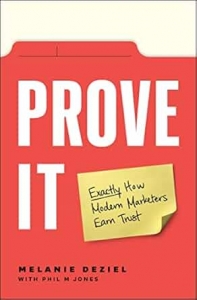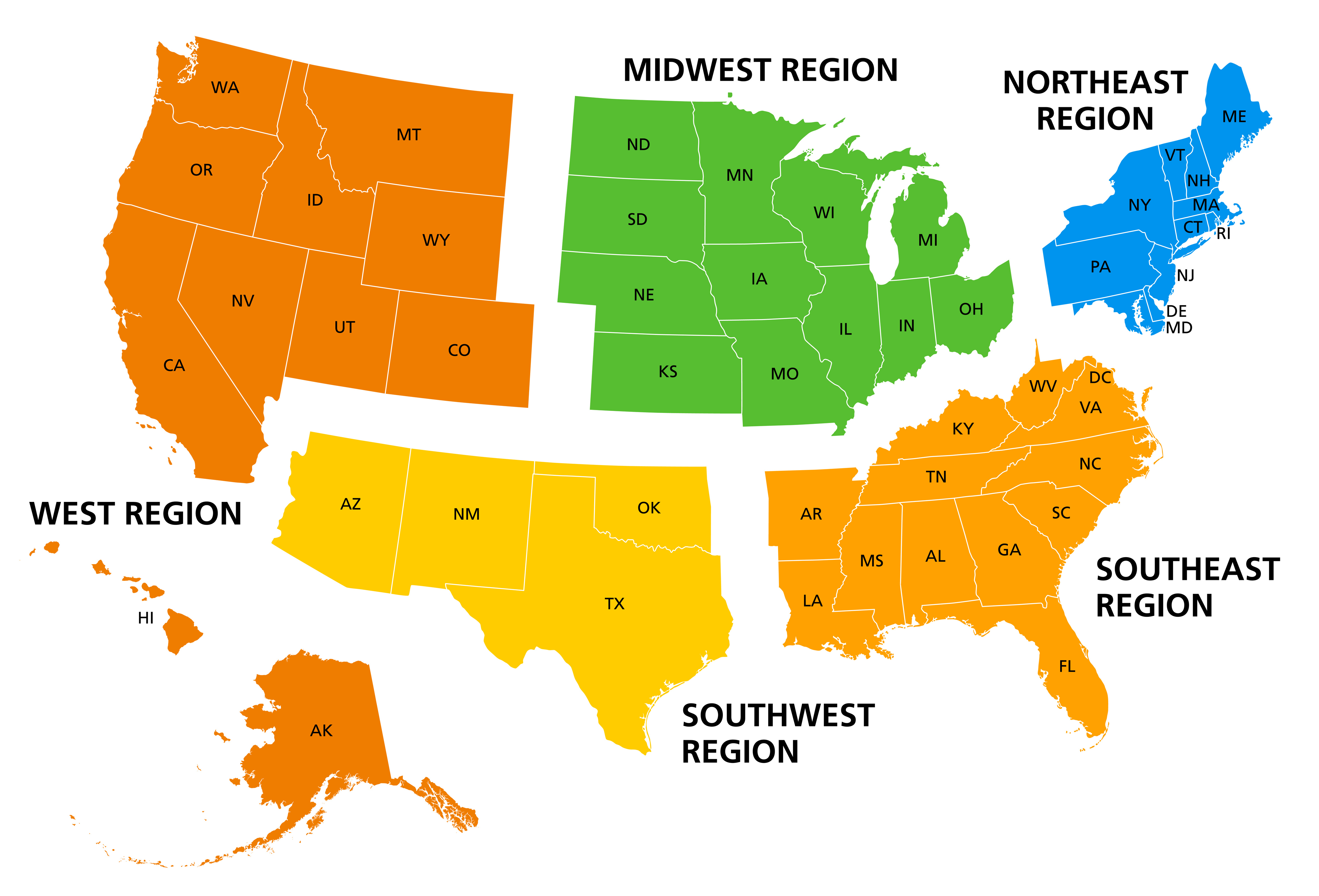The Power of After-the-Fact Forecasting
This week , in our Say It For You blog, we’re sharing content marketing insights triggered by content in the Old Farmer’s 2025 Almanac …
“How accurate was our forecast last winter?”, managing editor Robert Thomas asks, revealing that, overall, they had predicted “precipitation departure” (the occurrence of more or less rain/snow than had been anticipated) with a bit over an 83% accuracy rate. A chart on page 204 of the Almanac shows, for eighteen different cities, just how much the Almanac‘s prediction had differed from the actual amount of rain or snow each location experienced. Interestingly, the weather predictions for the coming winter begin on page 205. (It’s as if the editors are keeping readers’ expectations realistic by preceding their predictions with a -” hey-we’re-not-perfect” admission.)
Even when the numbers reveal a much worse than 83% “success”, honest “look-backs”, are a good thing in content marketing. In fact, including stories of past mistakes and failures in posts and newsletters, I teach content writers, can help evoke readers’ empathy and admiration for the business owners or professional practitioners who overcame not only adversity, but the effects of their own mistakes!
Just as the Almanac editors chose to take responsibility for the numbers they had generated last year, business owners can exercise control over the way the public might perceive any negative developments in the industry or even in their own operation. In fact content writers can help owners directly confront whatever is happening, show that they are taking responsibility and implementing new measures to avoid mistakes in the future.
While past mistakes and failures can add value in content marketing, fear of making mistakes in the future cannot be allowed to cripple messaging power going forward. Besides including information, it’s crucial to incorporate opinion. Taking a stance on issues is how companies and practices can express their uniqueness and deliver “Subject Matter Expertise”.
When blogging for business reveals your unique “slant” or philosophy within in your field, potential customers and clients feel they know who you are, not merely what you do, and they are far more likely to want to be associated with you.
“Hey-we’re-not-perfect. What we are is looking, listening, processing – and opining” is the message when you do “after-the-fact forecasting” content marketing.






Follow us online!